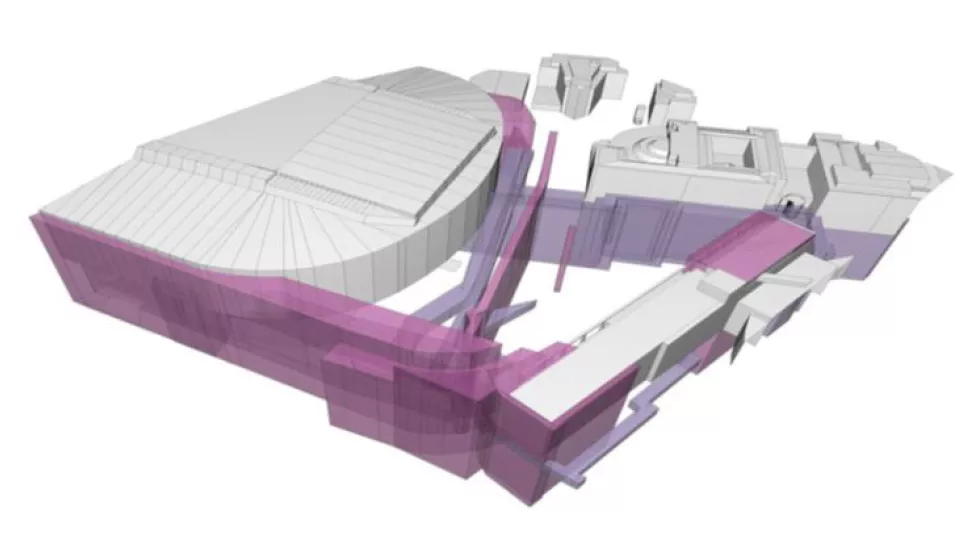Interview with Helen Eriksson, author of the thesis
Tell us short about who you are and how you came to be a doctoral student at INES?
I am an industrial PhD student employed by Lantmäteriet and I live in Kiruna. I applied to this post as it was possible so study ”harmonisation of geographic data”, an area that I find interesting and that I have been working in for many years. Lund university and INES was chosen because there are expertise here in this field.Describe short your research?
An infrastructure with digital information flows is among others a precondition for a more efficient planning and building process. It is also a prerequisite to automate processes, such as the building permit handling and would also facilitate 3D property formation. There are still many issues to overcome before reaching this goal, data is not always shared between different phases, and when it is, it can be shared as paper copies. I have studied how harmonisation of geographic data can contribute to a more efficient digital information flow, with a special attention on serving the needs of applications in the planning and building sector. My focus has been on three technical aspects of the data harmonisation: between geographic levels, between hierarchic structures, and over time.
How can your research be applied, and to whom may it be especially useful?
I hope that some of my results could be useful for,for example, projects that are working with the digitalisation of the planning and building process.


